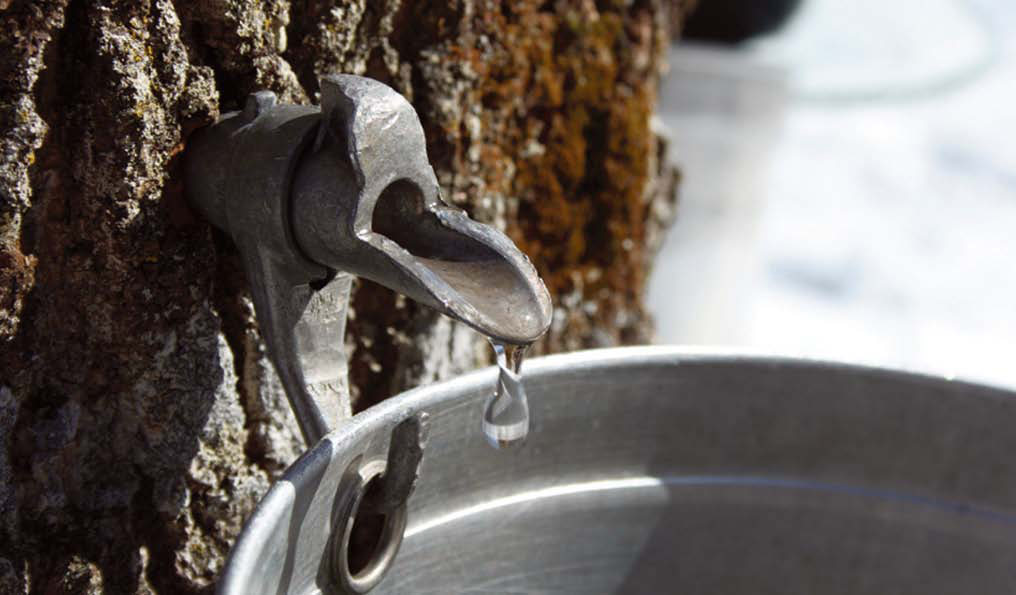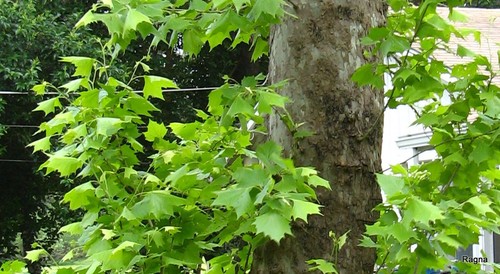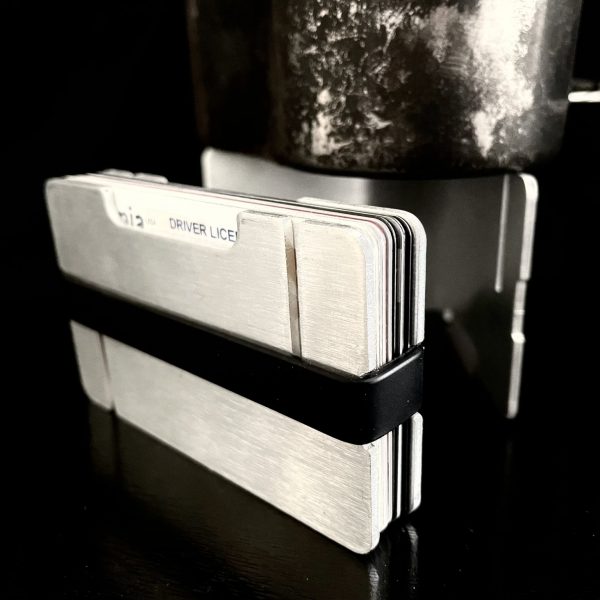
Tapping Water from Trees
Tapping water from trees is a survival hack that many are familiar with, but limited to the types of trees that are in your area. While it’s not recommended to go around putting holes in trees, this survival hack could help you in a survival situation when you need to cover the basics. Further, the liquid is full of electrolytes that can help boost your energy levels while rehydrating you. It’s like nature’s Gatorade!
Optional Equipment:
These are to be used with their respective drill-bit sizes, but you can accomplish the same result with a bit of ingenuity. A knife, bamboo (or hollow stick), and a receptacle will also get the job done.
Types of Sugaring Trees
A few species that can be tapped for sap and water. Maple is likely the most known and common sugaring tree that can be tapped for life-saving electrolytes and liquid. It’s also the flavor that most people are familiar with when thought of in the context of pancake toppings. However, there are other sugaring trees that can be tapped for liquid that are less known, such as the sycamore. Out in California, we don’t have many maples, but we do have various sycamore trees. Birches, walnuts, and hickories can also be tapped for drinking liquid or boiled down for syrup.

This isn’t like the type of sap you’d find on a pine that is more resinous than liquid, but rather, a sap that is of water consistency. The natural maple syrup you’d find at a Wholefoods is a concentrated form of what comes naturally from trees and is more like water in consistency than a sap. Products in stores or at markets are usually boiled to a reduction before they are jarred for sale.
Time of Year:
During the early spring, these trees are sucking in all sorts of water and nutrients from the ground to feed leaf growth. This liquid that you’re tapping is essential to that growth, so please be cognizant that this doesn’t happen year round. The liquid is being sent to the upper branches of the trees to promote growth, which is why you are able to tap these trees. Generally, February to mid-March are times for maples, though your mileage may vary.
Tapping Water from Trees:
There are several ways to do this. Traditionally, you’ll need a spile/tap, a hammer, an appropriate drill bit, and a bucket with a lid. Alternatively, you can bushcraft these things using a knife to carve a spile, a rock as a hammer, or your canteen as a receptacle. Get creative!
First, you’ll drill a tap hole to the size of the spile you are using. You only need to go 2 to 2.5-inches deep to get to the sapwood of the tree.
Your spile should fit nicely into this hole and should be dripping sweet liquid at this point. Simply insert the spile to focus the drip of the liquid away from the tree, and into your bucket or canteen. It helps to fasten a rag over the mouth of your canteen or bucket to keep bugs and debris out.
Check your harvest an hour after starting to see where it’s at. While you’re waiting, feel free to carve a plug for the hole you made to plug up the tree and help keep the tree healthy for the future.
You should be able to drink this immediately or let it sit to collect more. Once you’ve finished, plug up the tree to help keep that tree healthy. That’s it! Now you’ll be ready when you, yourself, are tapping water from trees.
Notable tricks:
Sap flows best on the south side of a tree if you’re in the Northern Hemisphere due to more sunlight exposure. Similarly, the north facing slope of a hill is usually the more cool side, receiving less solar radiation than the southern facing side. If you’re south of the equator, flip this logic around.
While I can’t speak to other trees, the sycamore tree is especially significant. If you are to spot sycamore trees in a concentrated area, there’s a high chance that there is water not too far from that area. Sycamore trees require a lot of water in the early stages of growth. It would be worthwhile to look around the area for the source or underground spring if you stumble across these types of trees.
-
 Bushcraft Hat$35.00
Bushcraft Hat$35.00 -


 Upland Hunting Hat$35.00
Upland Hunting Hat$35.00 -


 Tactical Wallet Stove$45.00
Tactical Wallet Stove$45.00


